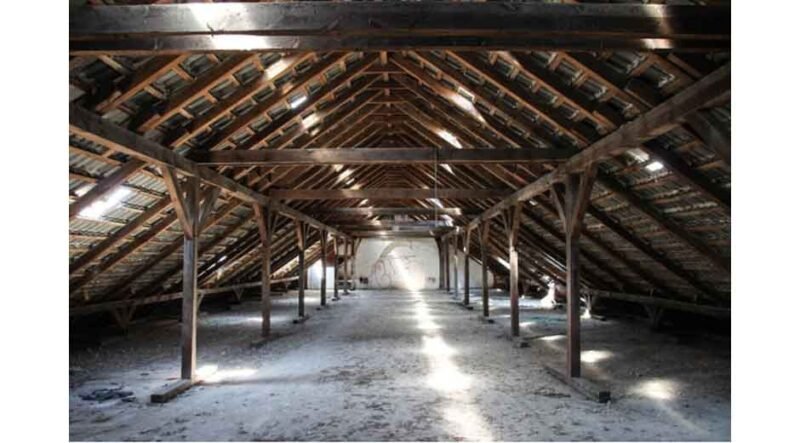
Moisture problems in crawlspaces can lead to big issues in your home. Mold, mildew, wood rot, and musty odors are common signs of trouble.
Over time, moisture damage can weaken your home’s structure and lower its value. The good news is that there are simple and effective ways to protect your crawl space.
In this article, we’ll explore the top crawl space solutions that can keep your home dry and safe.
Install a Vapor Barrier
One of the easiest ways to fight moisture is to lay down a vapor barrier. This is a thick plastic sheet that covers the floor of your crawl space.
It keeps ground moisture from rising into the air. Vapor barriers are especially helpful in areas with high humidity or where the soil stays damp.
When installed properly, a vapor barrier can lower humidity levels and prevent mold growth. It also keeps your insulation dry, which helps with energy savings. Make sure the barrier covers the entire ground area and is sealed at the edges for best results.
Improve Crawlspace Ventilation
Good airflow is important in keeping crawlspaces dry. In older homes, vents were often added to help with this.
But today, many experts suggest a controlled system that includes fans or vented dehumidifiers. These tools can move air in and out of the crawlspace, helping to remove moist air and prevent condensation.
Adding vents alone may not be enough, especially in very damp regions. Controlled ventilation lets you manage the air better, so your crawlspace stays dry year-round.
Seal Off Gaps and Cracks
Moisture often gets into your crawlspace through cracks and openings. Sealing these entry points can stop water and pests from getting in. Use caulk or expanding foam to close gaps around pipes, vents, and foundation walls.
Also, check the doors and access panels. These should fit tightly and have weather stripping if needed. Sealing up these weak spots adds another layer of protection against water intrusion.
Use a Dehumidifier
Moisture in the air can still be a problem even if you have a vapor barrier and good ventilation. That’s where a crawl space dehumidifier can help. These machines are made to work in small, damp areas and can keep humidity levels in check.
Look for a unit that’s the right size for your space. Too small, and it won’t do the job. Too big, and it might waste energy.
Regularly emptying or draining the unit will keep it working well. A crawl space dehumidifier is a solid investment, especially in places with high year-round humidity.
Consider Crawl Space Encapsulation
For long-term moisture control, crawl space encapsulation is a complete solution. This process involves sealing the crawlspace with heavy-duty liners on the floors and walls. It also includes sealing vents and possibly adding a dehumidifier.
Encapsulation turns your crawl space into a clean, dry, and usable area. It blocks moisture from the ground and outside air, giving your home better air quality and fewer problems with mold. While it costs more than other solutions, it offers excellent long-term benefits and can even lower energy bills.
Explore Top Crawl Space Solutions to Protect Your Home
Protecting your crawl space from moisture damage doesn’t have to be hard. By adding a vapor barrier, improving airflow, using a dehumidifier, sealing gaps, and considering full encapsulation, you can keep your home dry and safe.
These simple steps can prevent costly repairs and give you peace of mind. Taking action today will help keep your home healthy for years to come.
Looking for more tips and ideas? Check out some of our other posts now.

